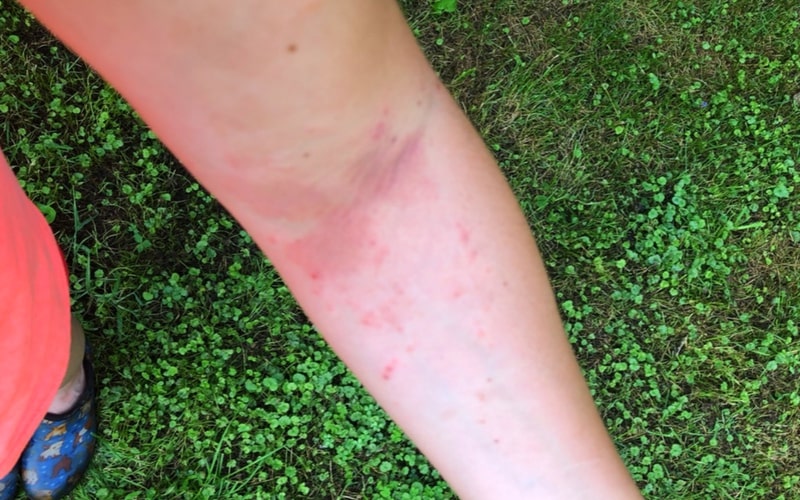Poison ivy may strike at the most inconvenient times, whether you’re hiking through the woods or weeding your front yard. Poison ivy, together with poison sumac and poison oak, contains an irritant known as urushiol, which can cause severe allergic reactions.
While avoiding contact with poison ivy is ideal, it isn’t always possible to prevent it entirely. The following natural solutions will help calm your skin and speed up the healing process if you do develop those telltale red, itchy bumps on your skin.
Baking Soda
One of the most significant advantages of baking soda is that it is commonly found in most kitchens, so if you don’t have calamine lotion on hand, this could suffice. To make a paste, combine one teaspoon of water with three tablespoons of baking soda. Apply it to the irritated regions to relieve the itching.
You can also add a half cup of baking soda to a warm bath tub and bathe in the solution if you have a poison ivy rash all over your body.
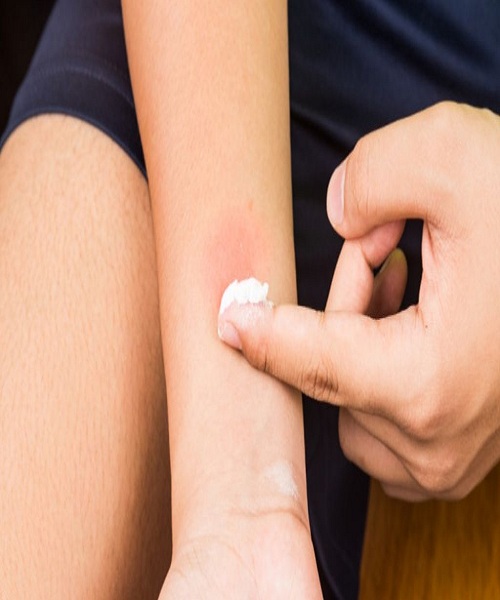
Vinegar
Itching can be relieved by using apple cider vinegar on the affected area, and drying out the rash may speed up the healing process. The vinegar may sting a little when you initially apply it to your skin, so be prepared. Soak a paper bag in vinegar before applying it to the affected regions, as some people advocate doing. As many times a day as necessary to keep you from scratching and extend the healing time of your skin.

Aloe Vera
The use of aloe vera gel to burnt skin is a common form of treatment. As a bonus, because of its cooling and anti-inflammatory characteristics, it also works wonders on poison ivy rashes. The gel can be extracted by cutting open a leaf of an aloe vera plant and squeezing out the gel from inside. If everything else fails, you can find some relief by applying aloe gel that you’ve purchased over the counter.
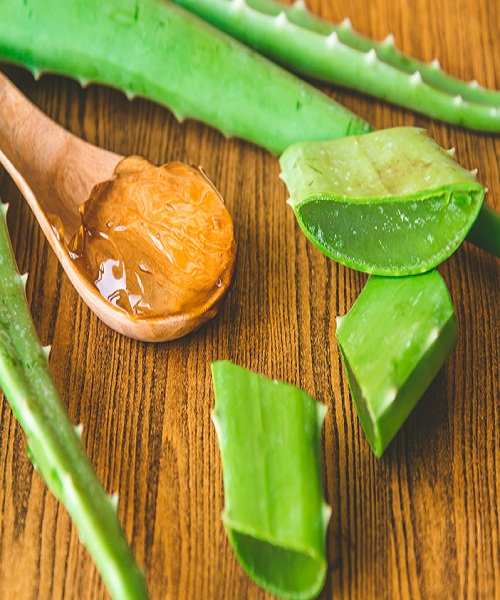
Tea Tree Oil
An other natural anti-inflammatory is tea tree oil, which can help alleviate symptoms such as erythema, itching, and inflammation. Tea tree oil also has antibacterial characteristics, so if you accidentally open a poison ivy blister, it can help prevent infection.
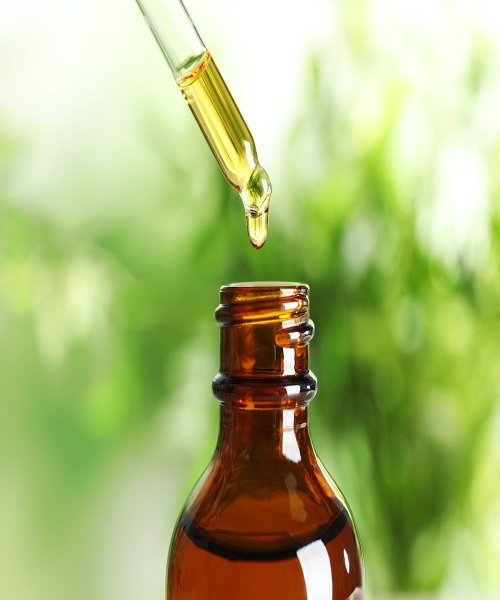
Ocean Water
Even if you don’t have access to fresh ocean water while you’re travelling, a quick dip in the ocean could assist to soothe your poison ivy symptoms.
Try dissolving one ounce of sea salt in a quart of water for another idea. Then, take a cotton ball and dip it in the sea salt solution and apply it to your skin in a circular motion. To speed up the healing process, use sea salt.
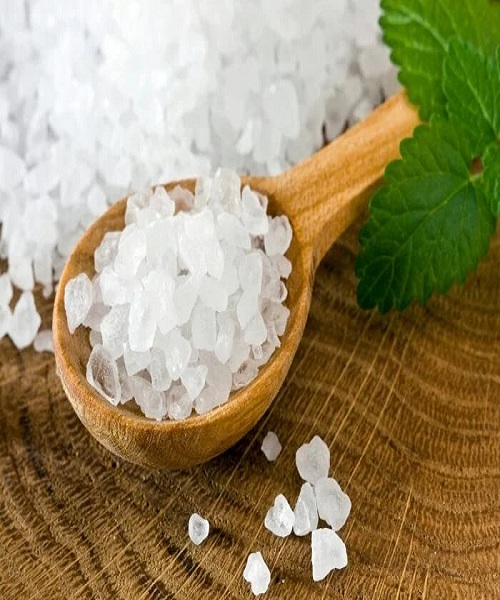
Other Tips for Avoiding Poison Ivy
In addition to finding relief from the itching caused by your poison ivy rash, here are some pointers to help you avoid further irritation:
The healing process can be slowed if blisters (pustules) are popped or opened.
All clothing, tools, and other items that may have come into contact with poison ivy should be washed soon after contact.
As soon as you suspect you’ve come into contact with poison ivy, wash your hands thoroughly with soap and water. The oils on your skin could be removed by this method, preventing you from developing a rash in the first place.

